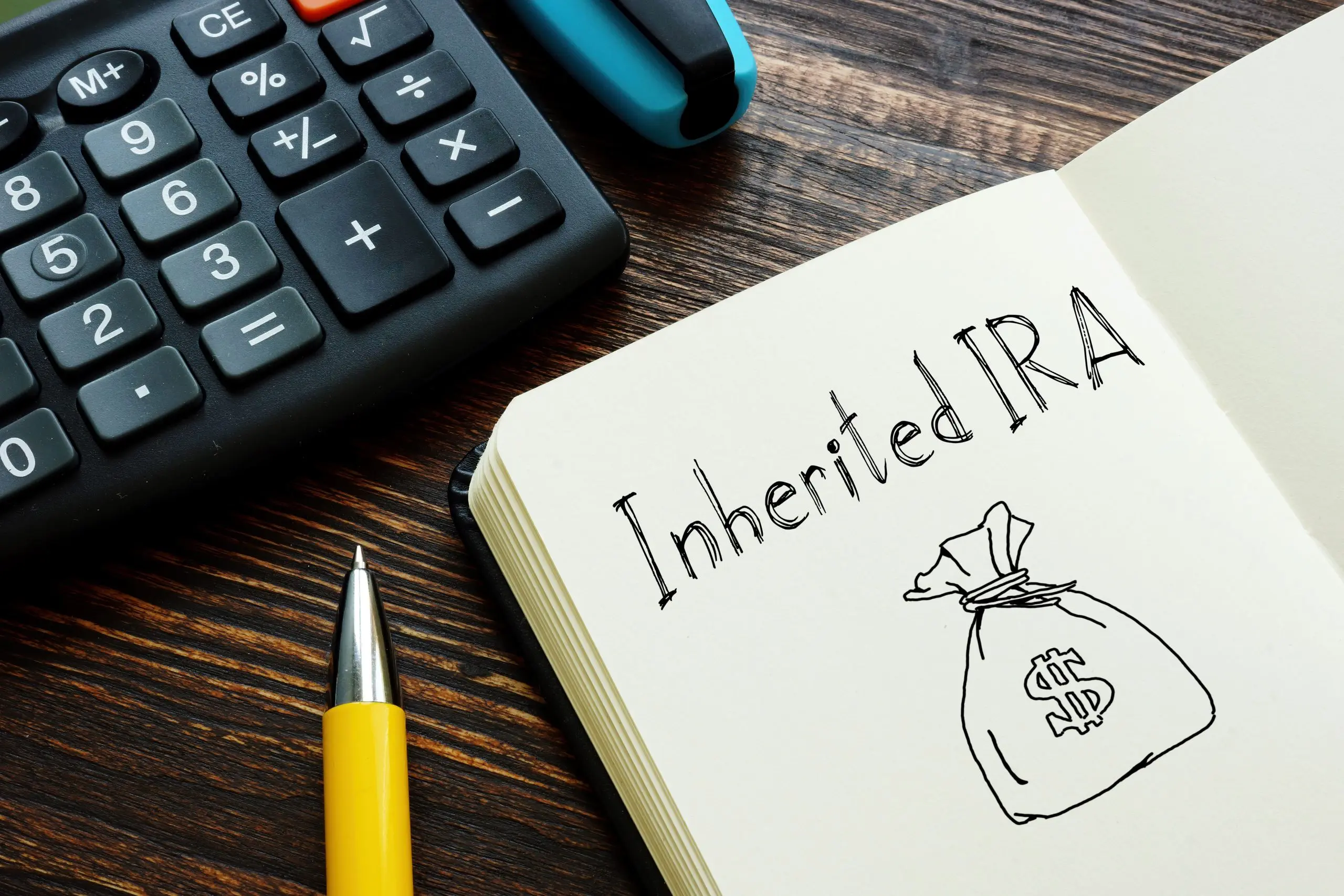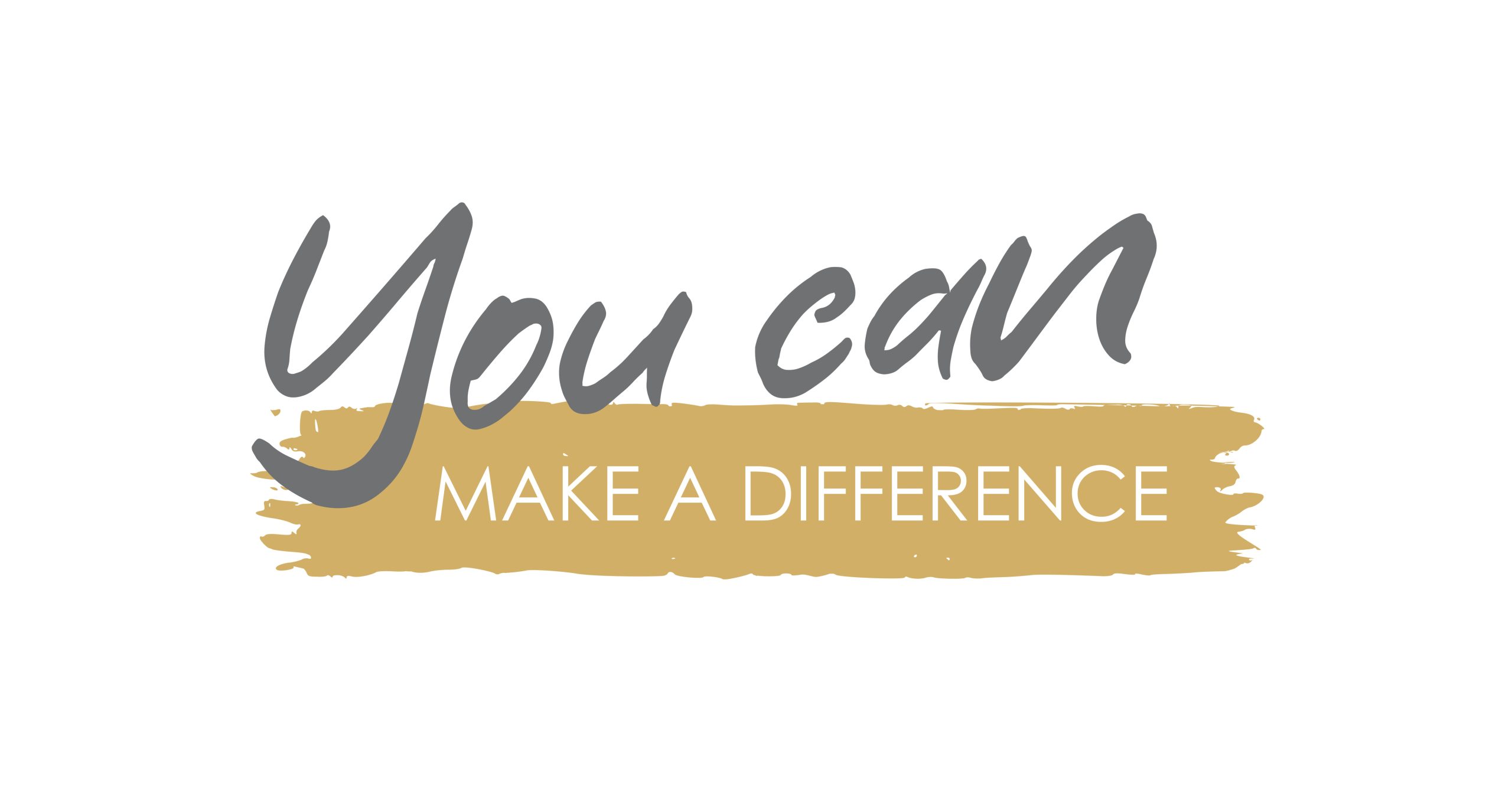Living a good life involves many things. Career, family, friends, and hobbies are part of the mosaic; so are spending your hard-earned dollars on things that you value and get joy from. You likely want to leave a legacy for your children and grandchildren to build upon. A big part of that legacy may involve charitable giving as a way to show future generations the importance of improving the world around us.
This article is the second in our series on intergenerational family wealth planning. The emphasis is on those values that are attached to the money you pass on. Today we focus on the importance of having a charitable giving strategy that you can communicate to heirs.
Successful families are intentional about their financial, human and philanthropic resources.
Whether you have been a generous benefactor to charities for many years or if you are just getting started, it’s important to have a process to identify your priorities. This usually begins internally by figuring out what you want to do with your time and money. Once you have identified what your philanthropic values are, it’s time to bring in other members of the family.
How to Identify Your Philanthropic Values
“Develop the issues in your community and the world at large that you are passionate about,” says Amy Holdsman, President and CEO of Essential Leadership, which helps people determine how they can make a difference in today’s world. “It may be something that you have been involved in before; it may be something that makes you angry.”
Holdsman leads her clients through a series of values exercises to help them identify priorities, align them with other members of the family, and begin to implement them. There are a lot of charities competing for your dollars, so it’s important to figure out where and how to allocate that money. We often spread around lots of smaller donations, what Holdsman refers to as “peanut butter philanthropy.” She says it’s important that we learn to say ‘no’ to much of the barrage of solicitations we receive, and then consider making fewer but larger gifts that can have a bigger impact on the organizations and causes we do support.
Ideas for Sharing Your Philanthropic Values
For many people, the most important part of that process involves more than just writing a check. It means hands-on volunteering, taking part in programs, activities, and projects. This is something that can become an intergenerational project for young and old to participate in together. It’s often best to start local—packing bags at a food bank, for instance, or cleaning up a local park.
Any shared experience in this realm can be valuable, but it’s important that they are not one-off activities. To reap the reward, both young and old need to commit to these types of projects regularly. It’s a way to bring the generations together and impart your values without lecturing, all while doing good.
The idea is, we need to plant the seeds of philanthropy now and educate the next generations about purposefully using their affluence. According to 21/64 (2164.net), which specializes in multigenerational engagement and giving, “successful families are intentional about their financial, human and philanthropic resources.” It suggests engaging your next generation family members in meaningful dialogue during your lifetime. Basically, “prepare to pass the baton before the will is read.”
Strategies for Charitable Giving
Gen-Xers and Millennials could end up being the most significant donors ever, and we have the opportunity to shape their thinking and their engagement. However, it is important to recognize the differences between the generations and incorporate those differences into the planning and education process. One generation may want to support the arts and religious institutions, while the next may have a passion for feeding the needy and protecting the environment. It’s important to recognize and encourage their passions.
One way of doing that is to establish a formal fund for giving, such as a foundation or a Donor Advised Fund. Over two-thirds (68%) of Schwab Charitable donors say they give more than they otherwise would have because they have Donor Advised Fund accounts. Also, these funds offer several tax benefits, including immediate deductions in the year you contribute, flexibility in when and how the money is used, and the ability to contribute appreciated investments and avoid some taxes on capital gains.
Using your will to donate money is a common practice, even though many philanthropy experts now favor other methods of giving. They say it may not be as effective for either you or the charities you support. You may lose out on tax benefits if you wait and family members who feel they should have received more could contest the will. That could lead to delays, add to the legal costs, and create more drama and hard feelings within the family. But if you do wish to leave a legacy gift in your will, make sure to consult an estate attorney.
Whatever path you choose, the important thing is to get started. Here at EKS, we are always available if you wish to discuss your intergenerational family wealth planning challenges or want to learn about the different charitable giving strategies that are available to you, including Donor Advised Funds.
As Amy Holdsman says, “there are not many ways to fail” when making charitable giving part of your family’s life. Her advice is to “get off the sidelines and get involved.”



